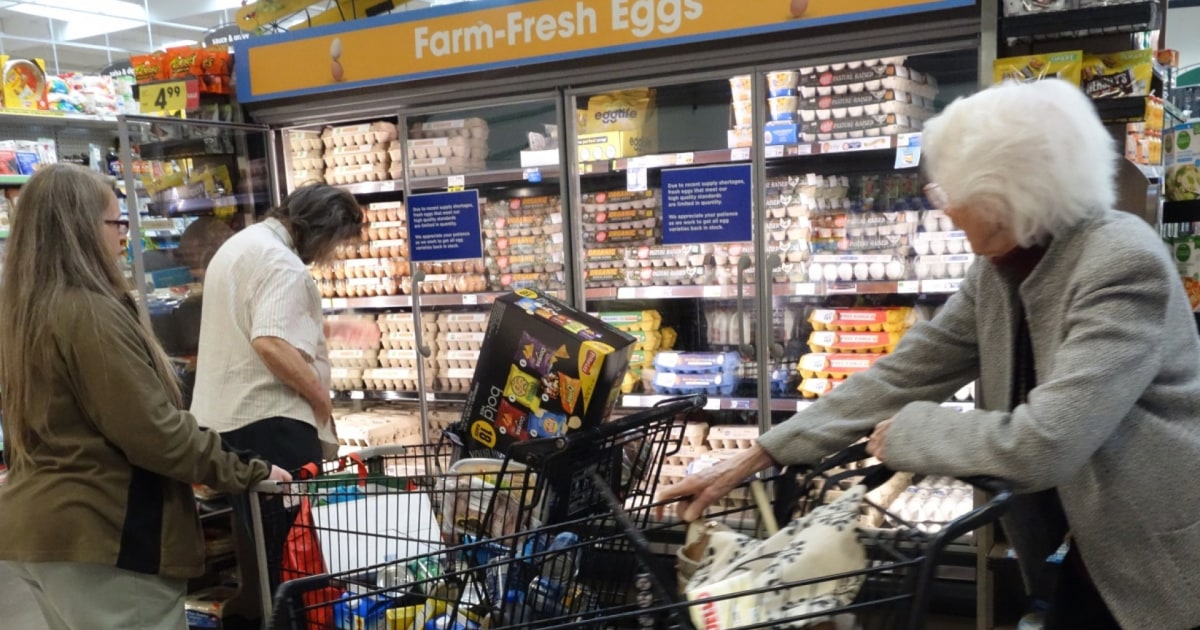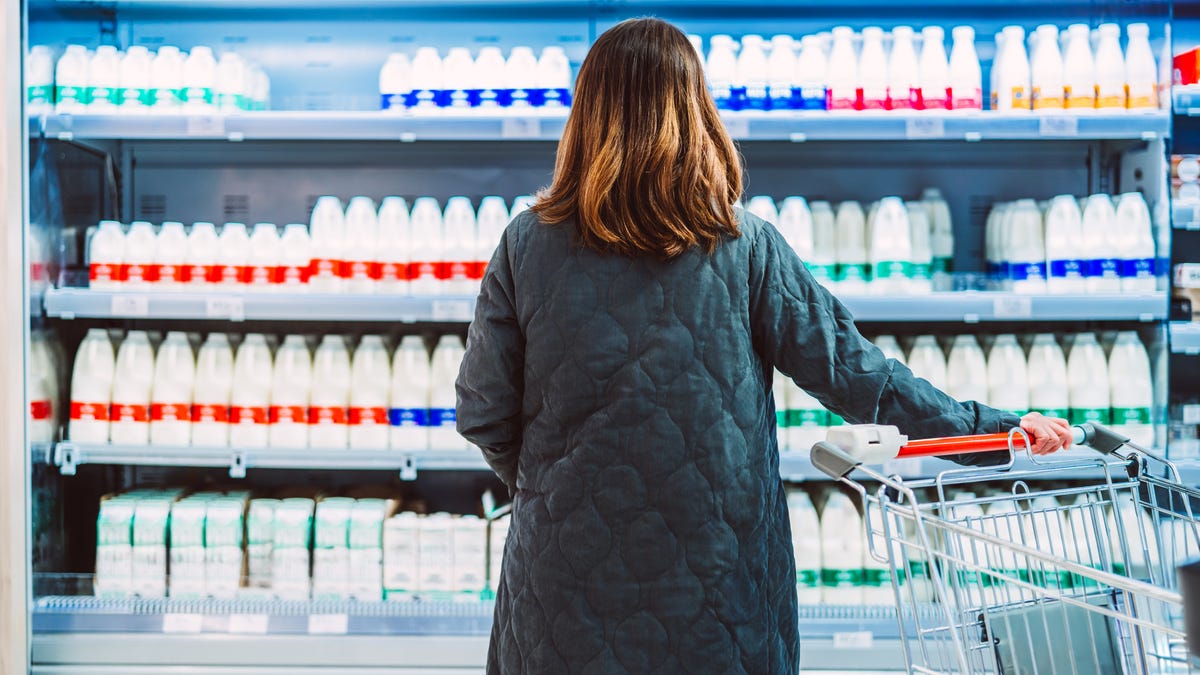Unpacking the Surge: What’s Behind Rising Egg and Gas Prices?
As consumers grapple with the rising costs of daily essentials, two items have emerged as focal points of concern: eggs and gas. These price surges have left many wondering about the underlying causes. In this article, we will unpack the surge, exploring the various factors that contribute to increasing egg and gas prices, including supply chain disruptions, shifts in market demand, and potential long-term trends.
Understanding the Current Landscape
The sharp rise in prices for both eggs and gas is not just a fleeting phenomenon; it reflects a complex interplay of economic factors. Consumers have seen significant increases at the grocery store and the gas station, causing a ripple effect on household budgets. But what exactly is driving these price hikes?
Supply Chain Disruptions
One of the most significant contributors to the rising prices of eggs and gas is the ongoing supply chain disruptions that have plagued the global economy. Several factors have combined to create a perfect storm:
- Pandemic Aftershocks: The COVID-19 pandemic has led to labor shortages and production slowdowns across various sectors, including agriculture and oil production. These challenges have resulted in decreased output, which directly affects prices.
- Transportation Issues: With the increase in shipping costs and delays in transportation, the costs are inevitably passed on to consumers. The freight bottlenecks in ports and a shortage of truck drivers have made it challenging to move goods efficiently.
- Weather-Related Impacts: Unpredictable weather patterns have also played a role, particularly in agricultural production. Extreme weather events can disrupt the supply of eggs, leading to lower availability and higher prices.
Market Demand Dynamics
Alongside supply chain issues, the demand for both eggs and gas has experienced significant fluctuations. Understanding these dynamics is crucial in unpacking the surge:
- Increased Consumer Spending: As economies reopen and consumers regain confidence, there has been a notable increase in demand for goods and services, including food and fuel. This heightened demand can push prices upward, particularly when supply cannot keep pace.
- Shifts in Consumption Patterns: The pandemic has altered consumer behavior. For instance, more people are cooking at home, increasing the demand for staple goods like eggs. Similarly, as travel resumes, the demand for gasoline has surged, contributing to rising prices.
- Inflationary Pressures: Inflation has been a pervasive issue affecting various sectors, leading to increased costs of production and transportation, which ultimately reflect in retail prices.
The Role of Global Markets
It’s essential to consider the global context in which these price surges are occurring. International factors also significantly influence local prices:
- Global Supply Chains: The interconnected nature of today’s economy means that disruptions in one part of the world can have cascading effects elsewhere. Issues in major exporting countries can reduce the supply of eggs and fuel, affecting prices worldwide.
- Oil Prices: Gas prices are heavily influenced by global oil prices. OPEC decisions, geopolitical tensions, and production cuts can all lead to fluctuations in oil prices, which directly impacts gas prices at the pump.
- Currency Fluctuations: The value of the U.S. dollar can also affect gas prices. A weaker dollar makes oil more expensive for American consumers, adding another layer to the pricing puzzle.
Long-term Trends and Potential Solutions
As we unpack the surge in egg and gas prices, it’s essential to consider the long-term trends that might emerge. Experts predict several possible outcomes:
- Investment in Infrastructure: To mitigate future supply chain disruptions, there may be increased investment in logistics and infrastructure improvements, helping to streamline the movement of goods.
- Diversification of Supply Sources: Producers might look to diversify their supply sources to reduce reliance on single points of failure, thereby enhancing resilience against disruptions.
- Shift towards Sustainable Practices: The agricultural sector may increasingly adopt sustainable practices to ensure long-term viability, which could stabilize egg prices. Similarly, the push for renewable energy sources may alter the landscape of gas prices in the future.
Looking Ahead: Consumer Strategies
As prices continue to fluctuate, consumers can adopt several strategies to manage their expenses effectively:
- Budgeting Wisely: Keeping a close eye on spending habits and adjusting budgets can help mitigate the impact of rising prices.
- Exploring Alternatives: When it comes to groceries, considering alternatives to eggs or opting for local sources can sometimes result in savings.
- Carpooling and Public Transport: To counteract rising gas prices, consumers might consider carpooling or using public transportation whenever feasible.
Conclusion
The surge in egg and gas prices is a multifaceted issue influenced by various factors, including supply chain disruptions, market dynamics, and global trends. While these challenges present immediate concerns for consumers, understanding the underlying causes can help individuals make informed decisions and adapt to changing economic conditions. As we navigate this landscape, it’s imperative to stay informed and proactive in managing our expenses. With potential long-term solutions on the horizon, there is hope for stabilization in the future.
See more CCTV News Daily



